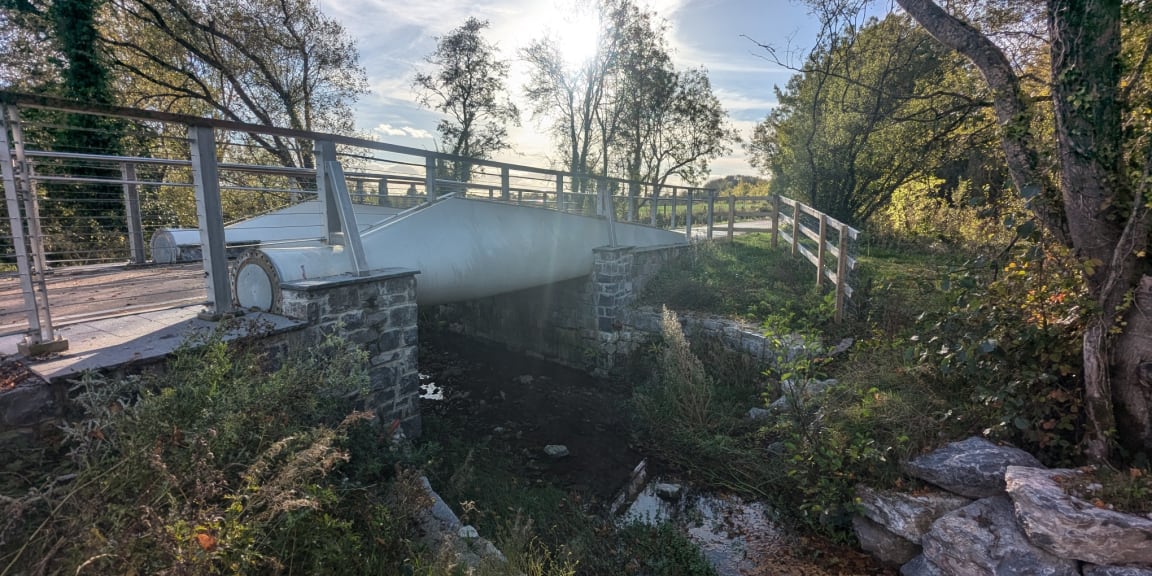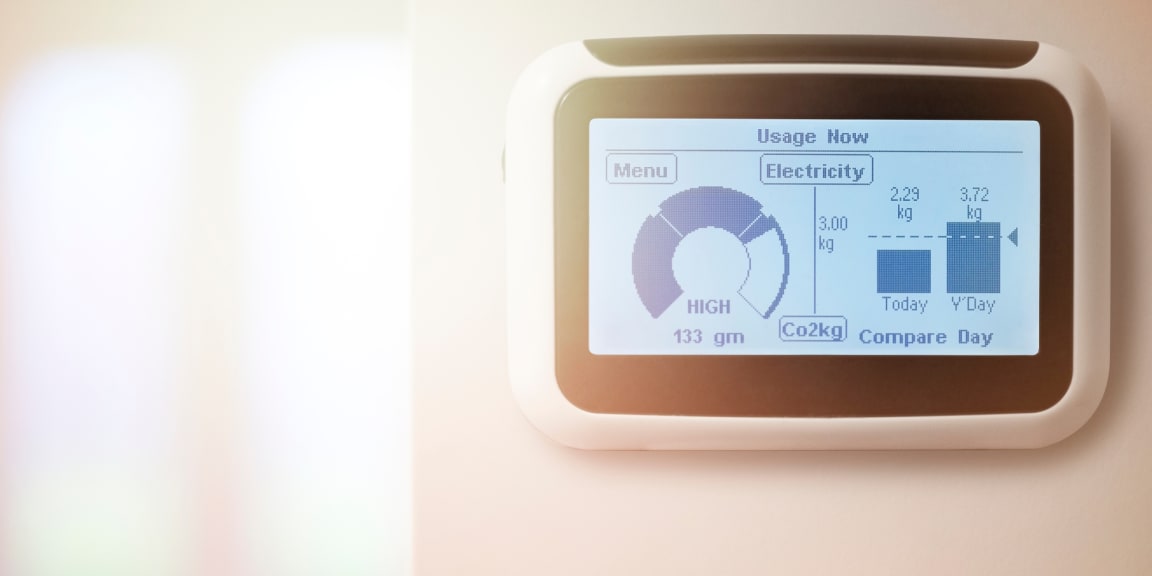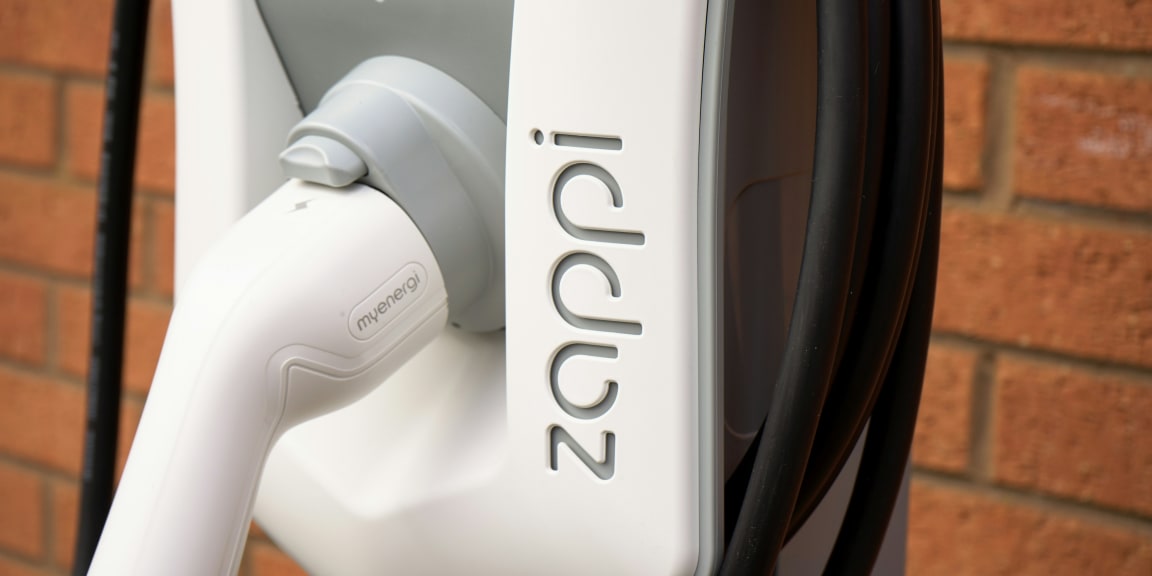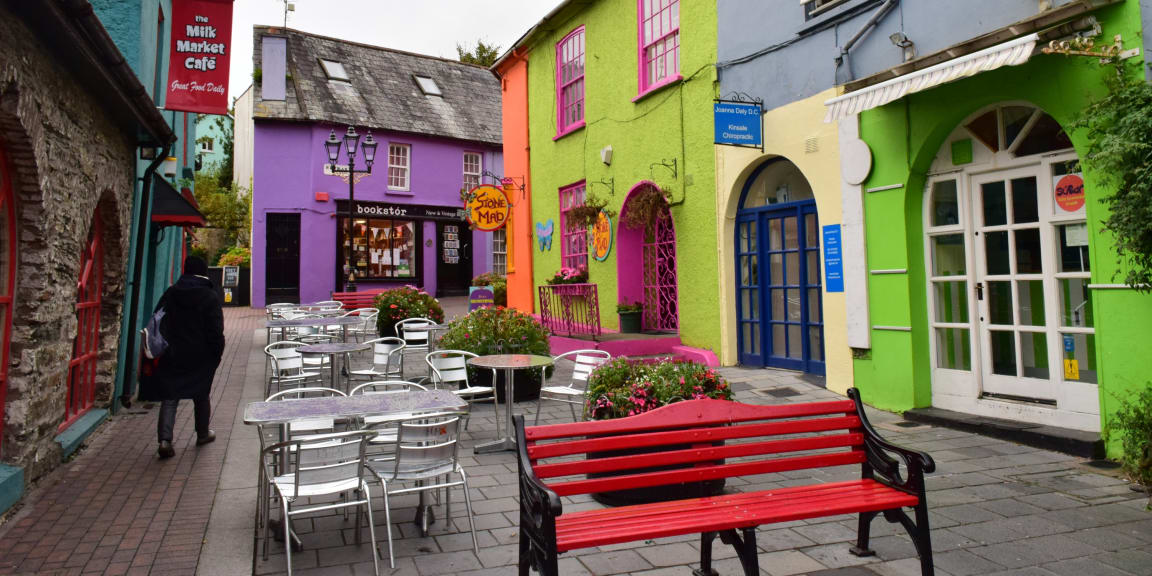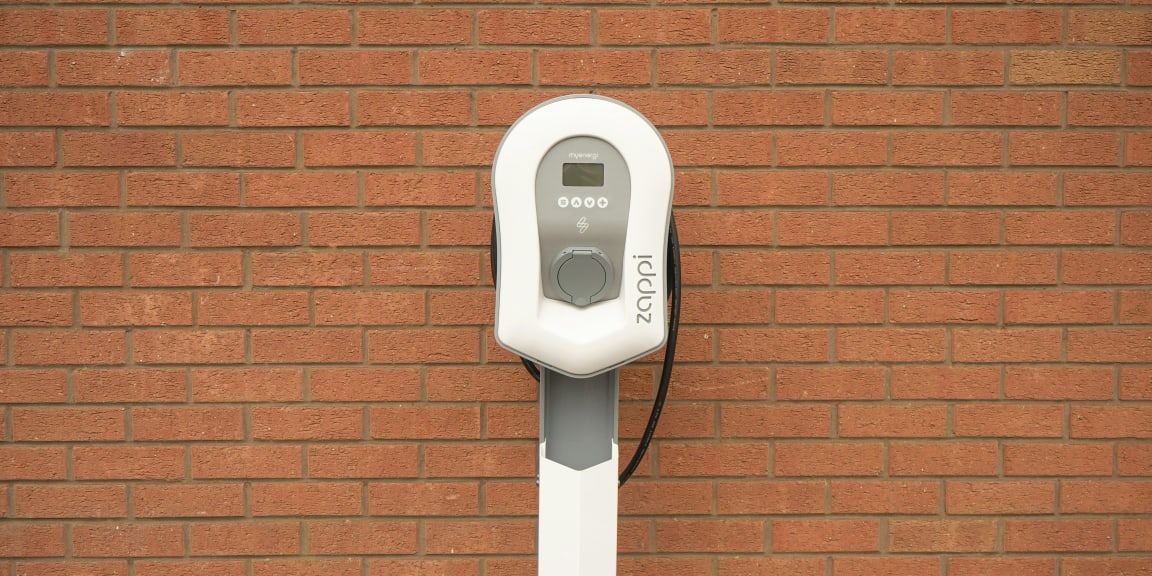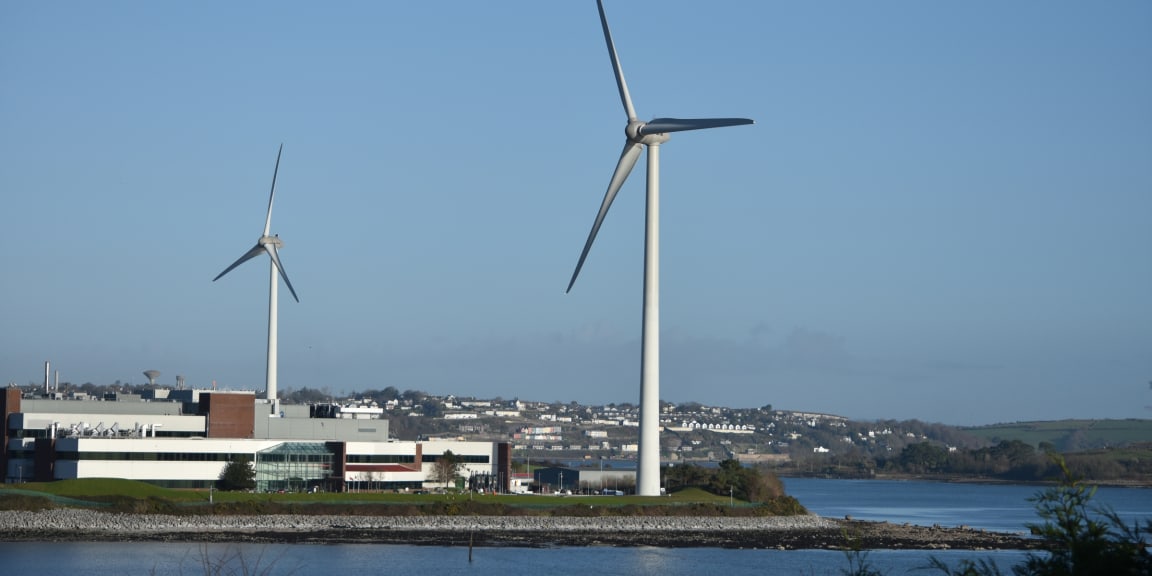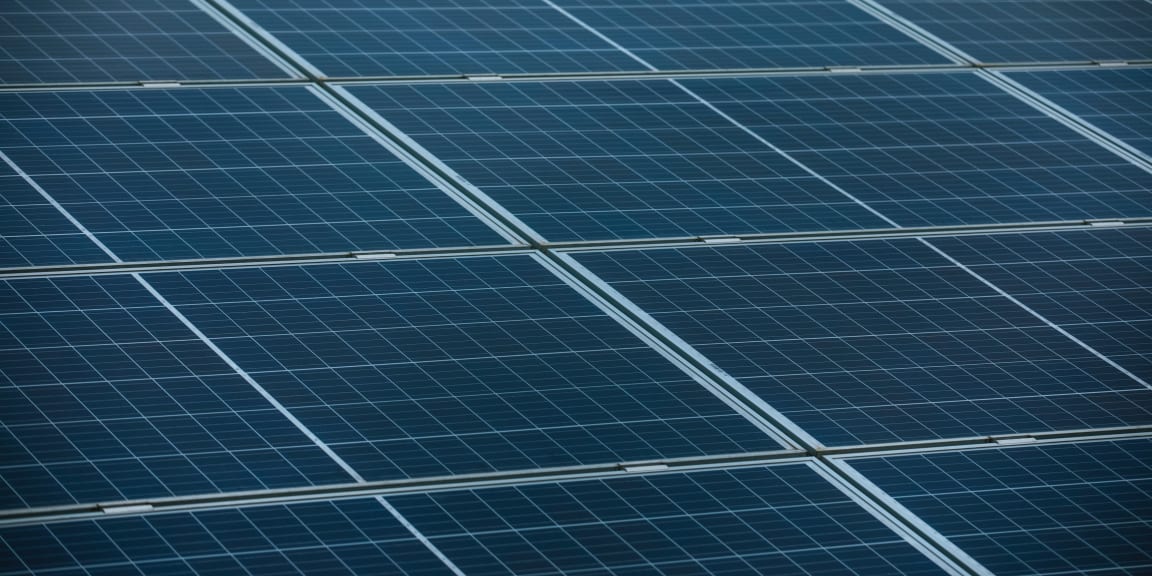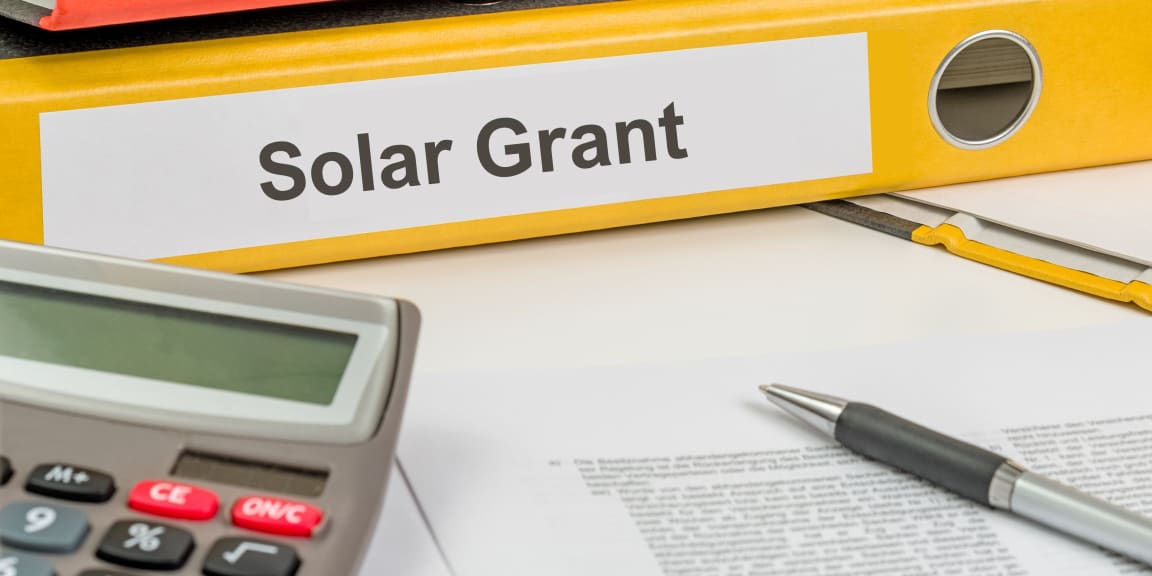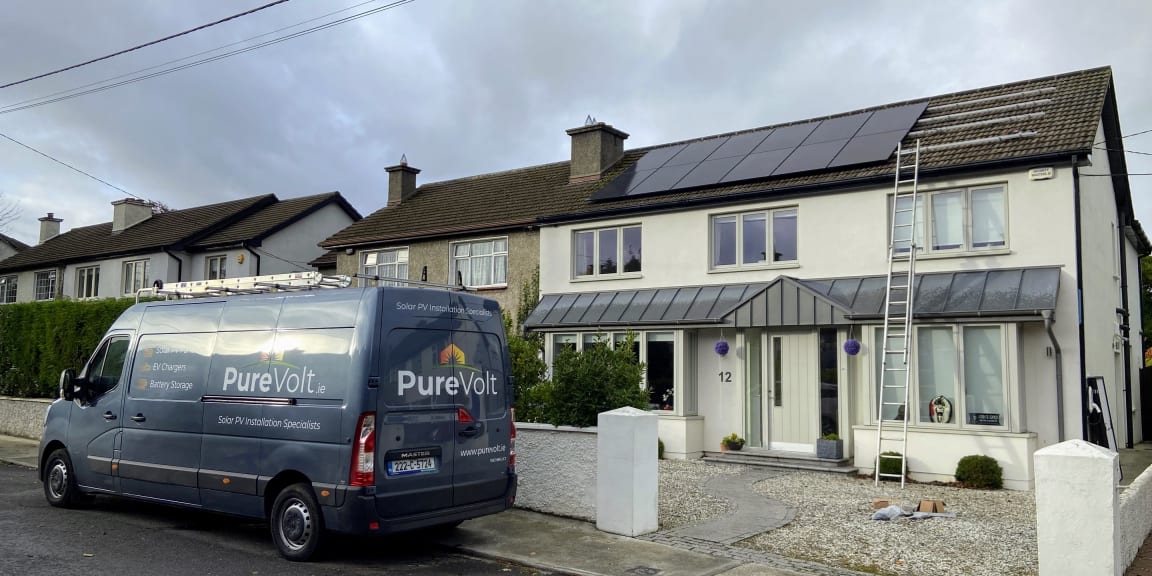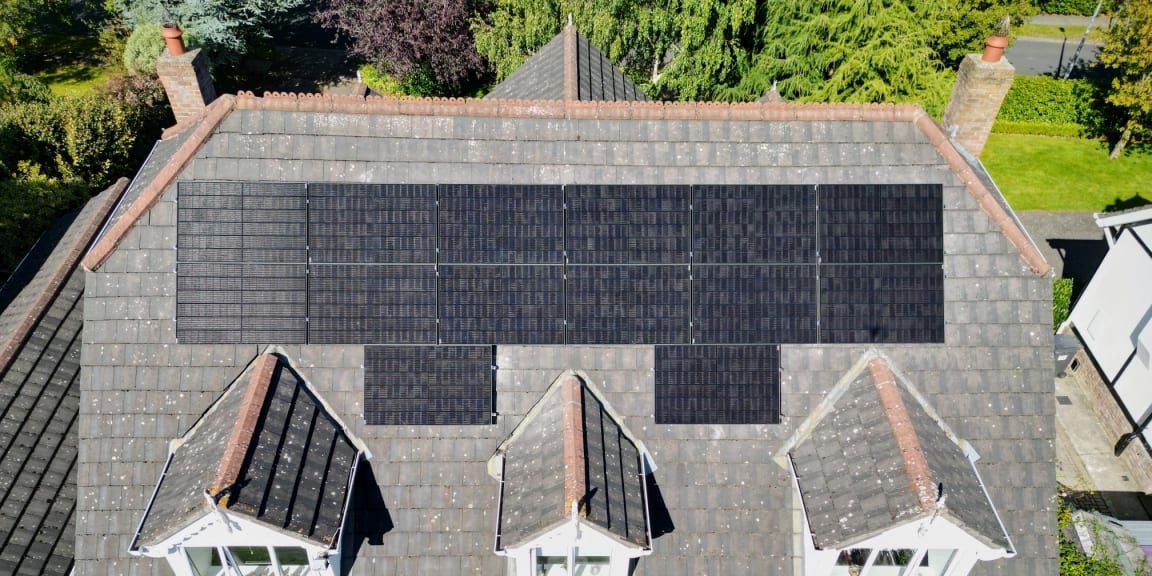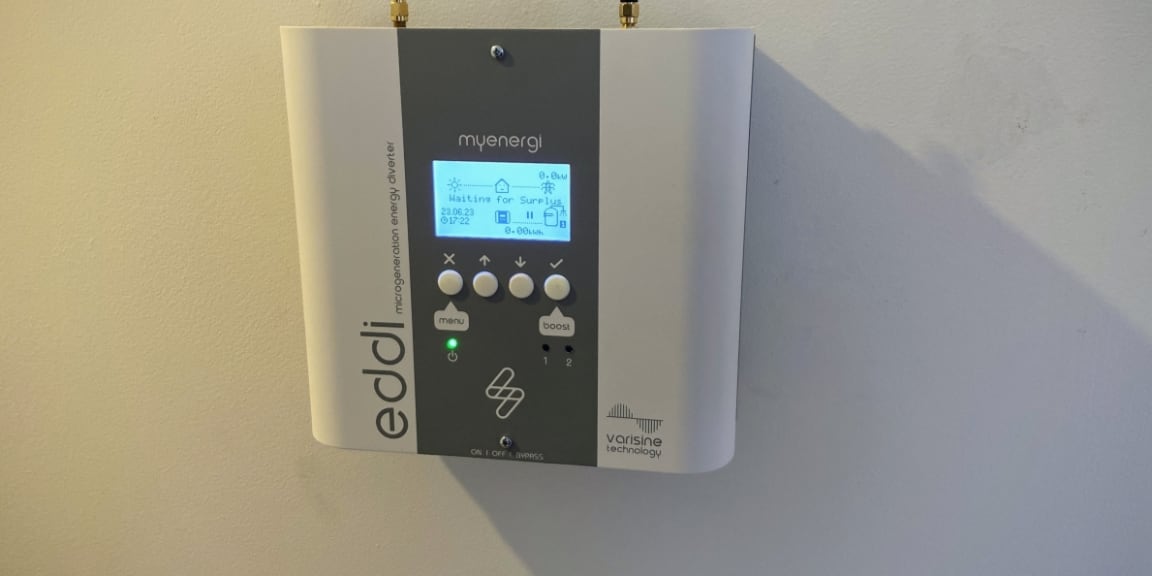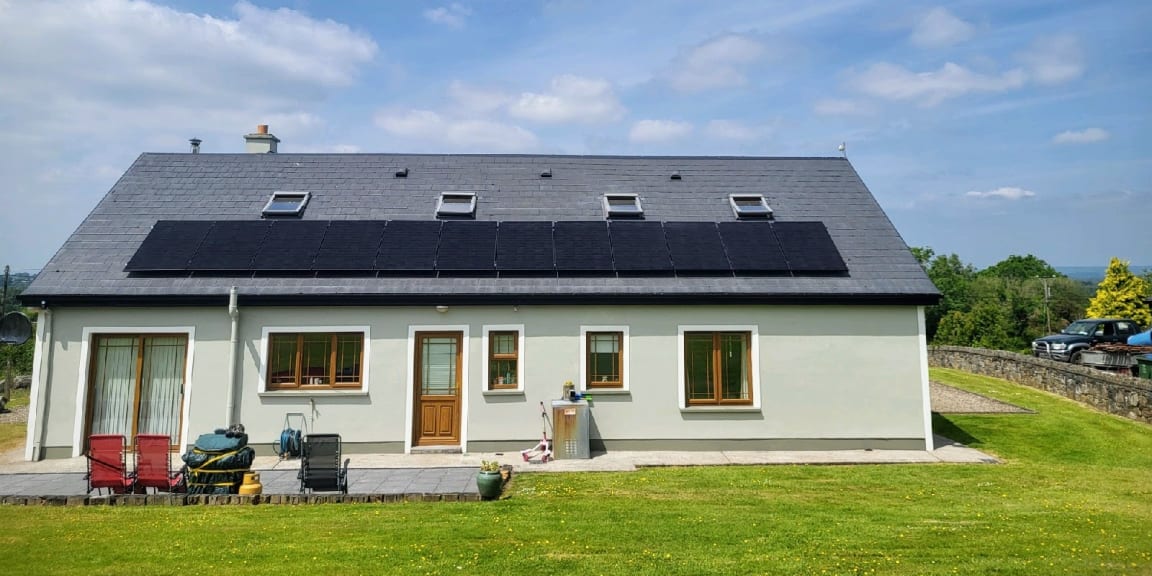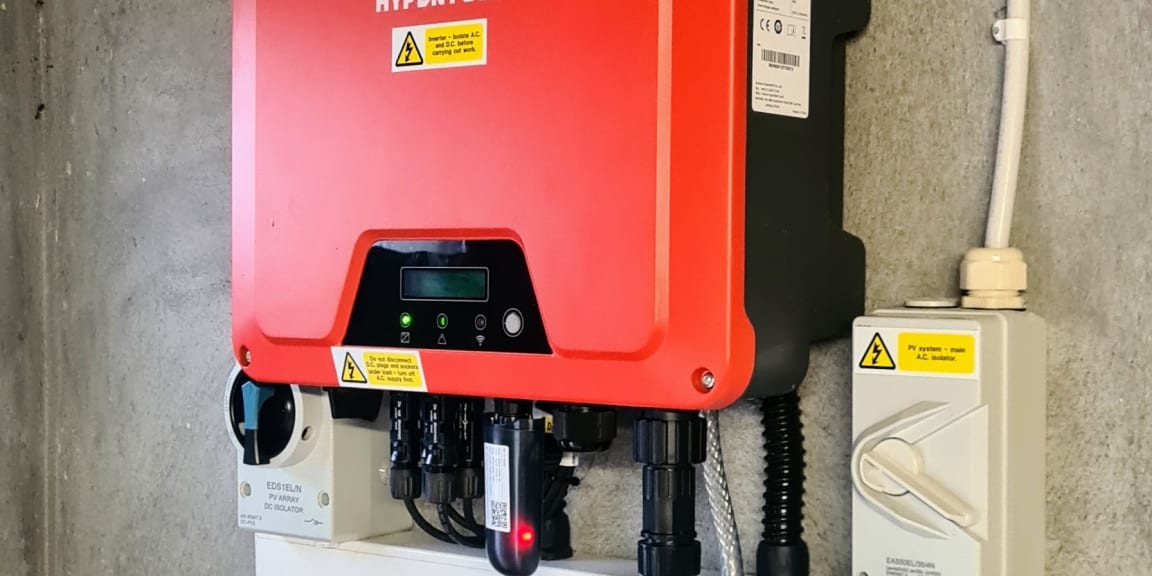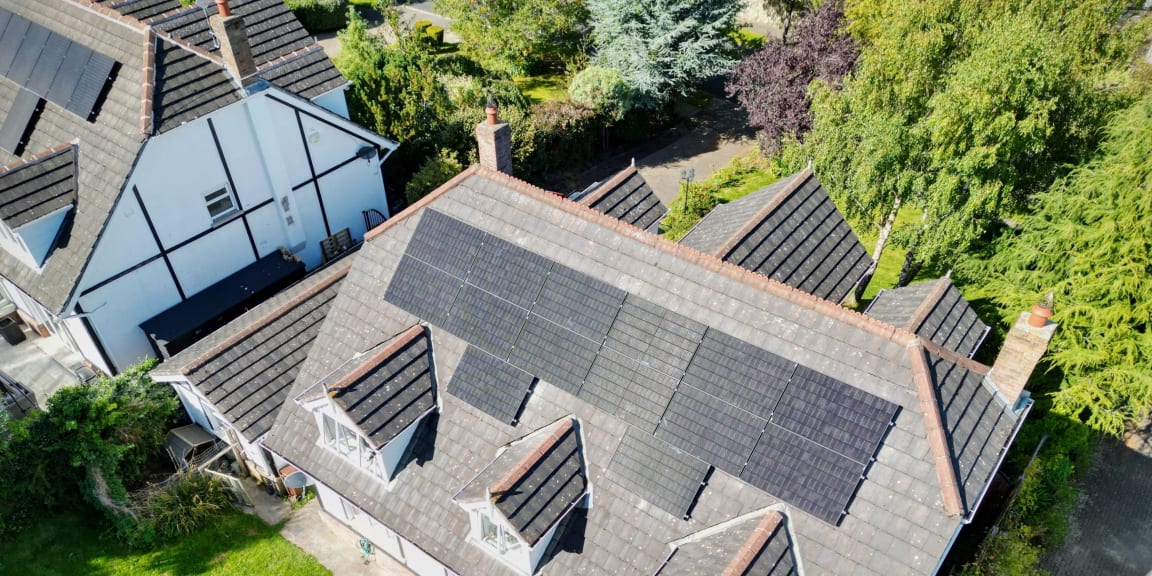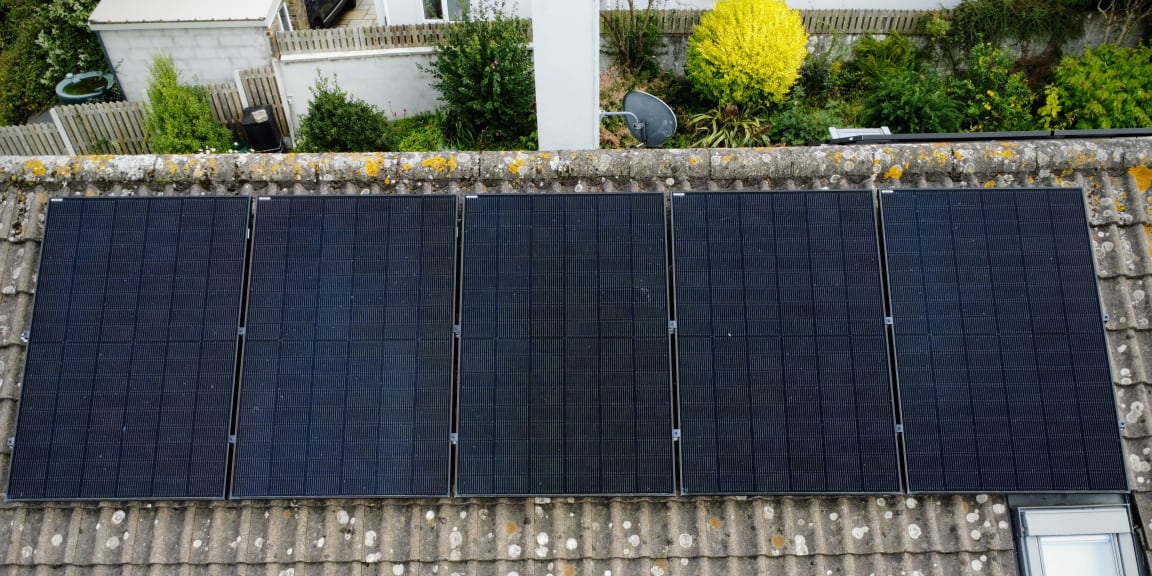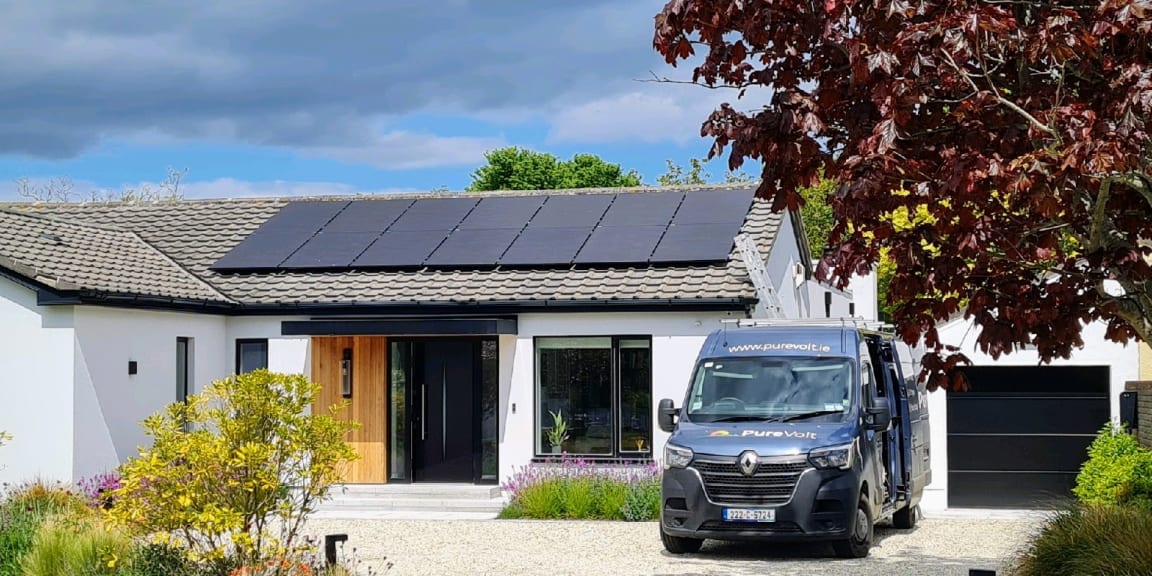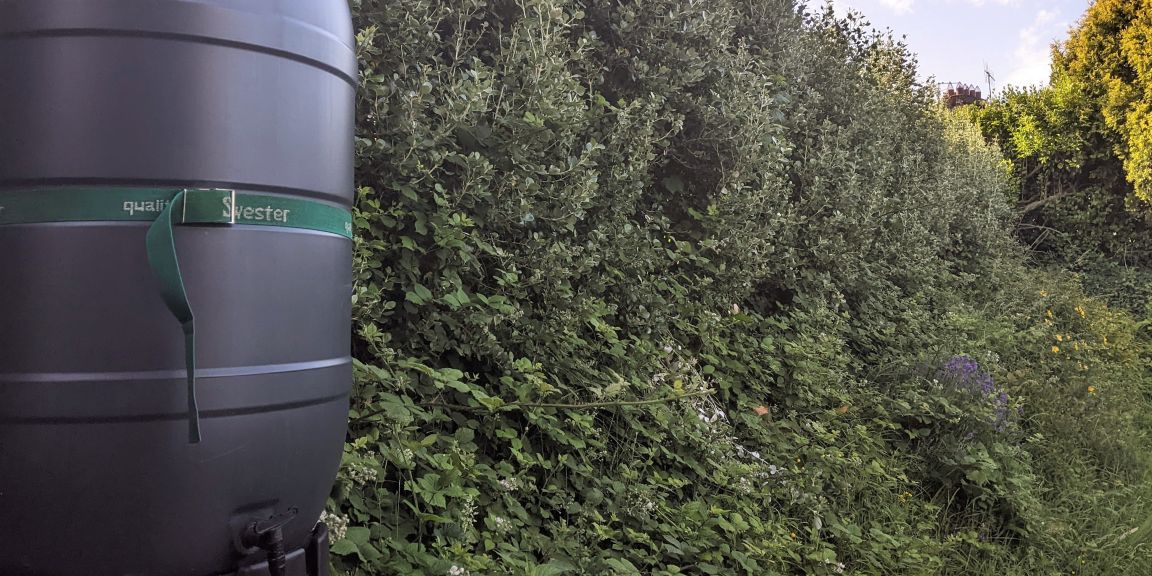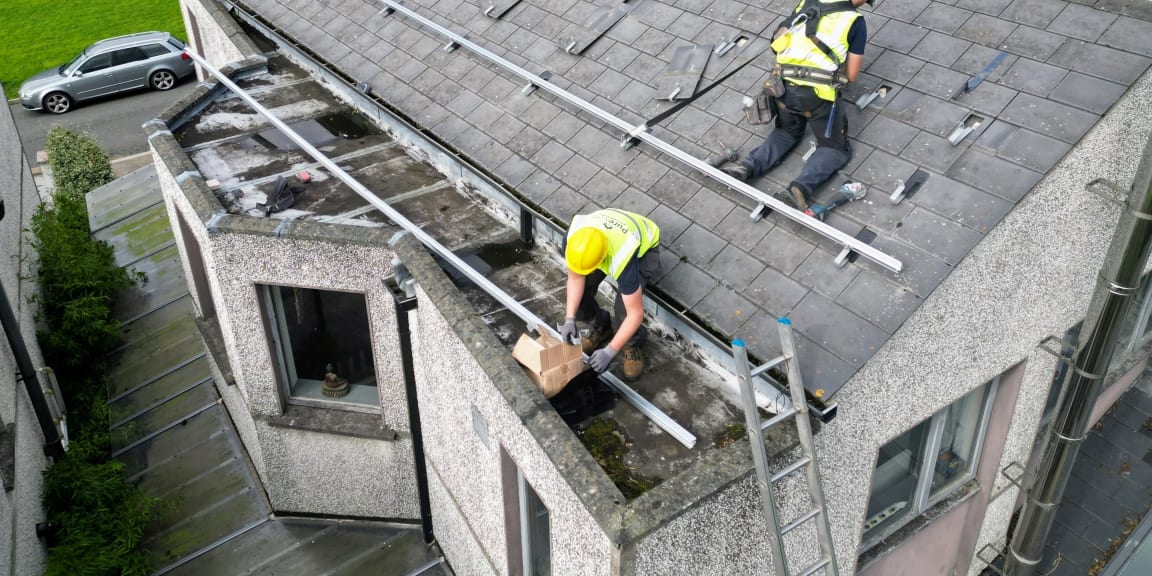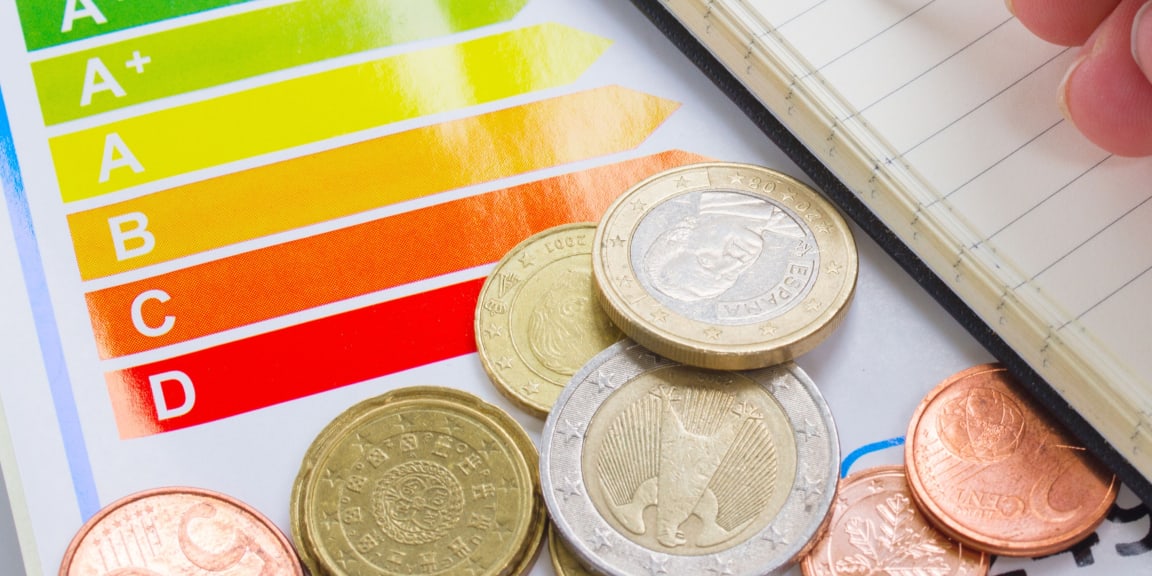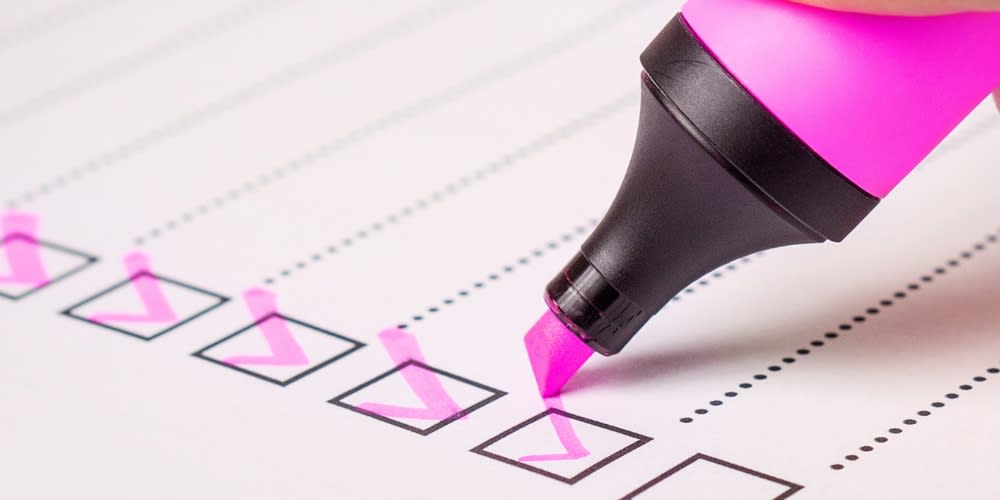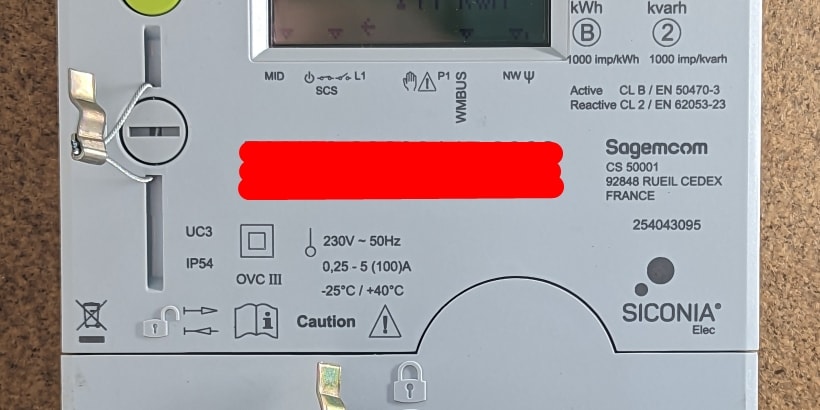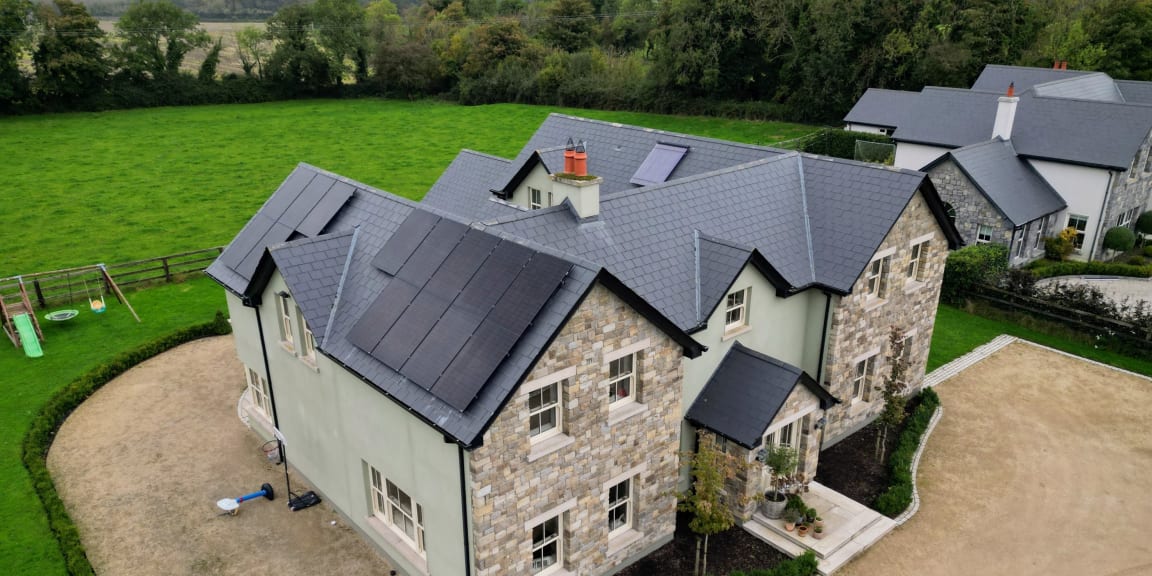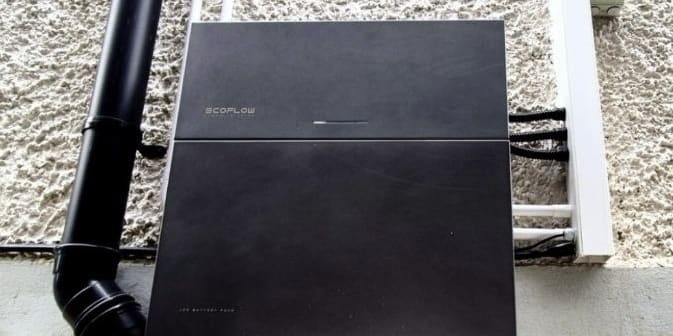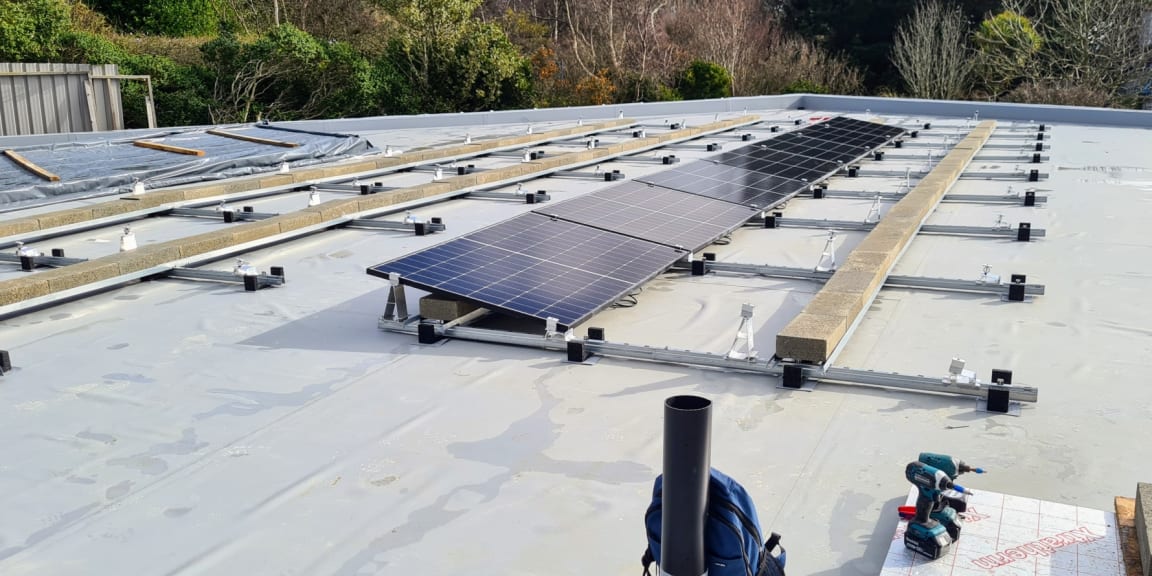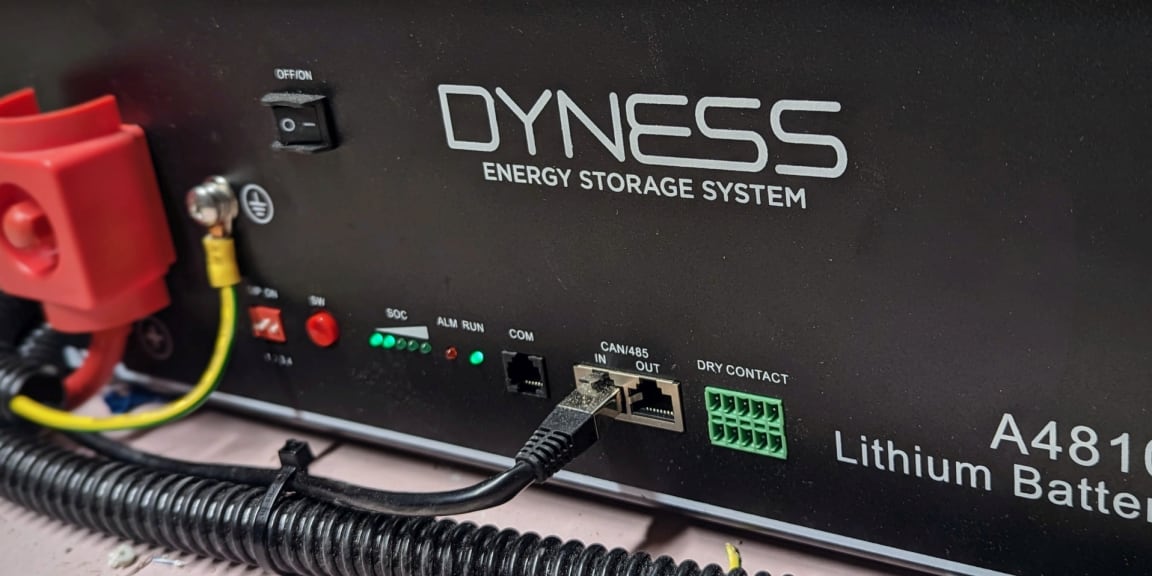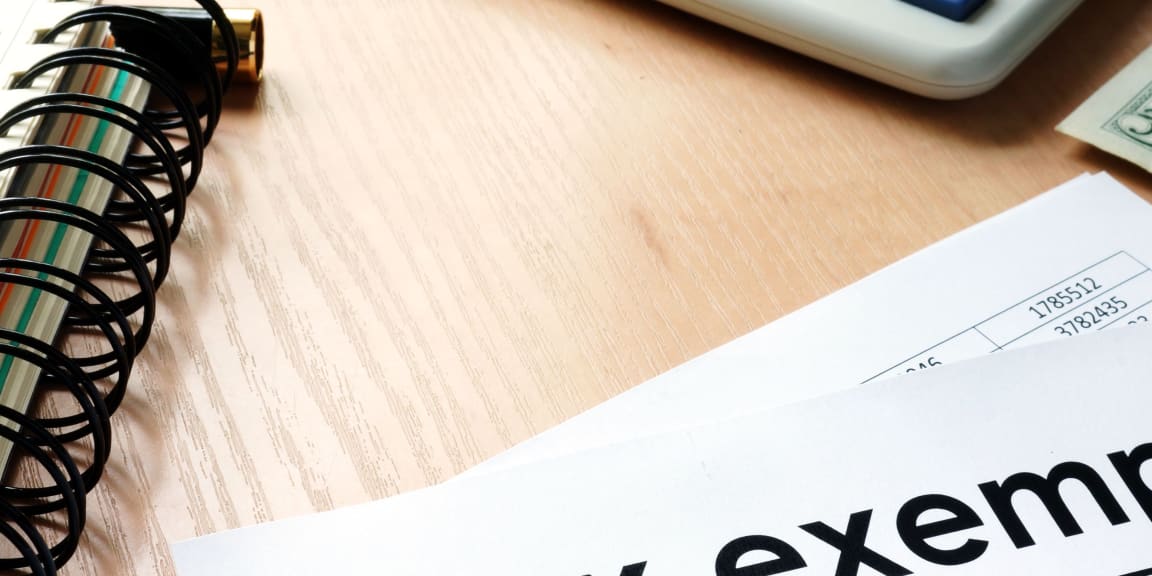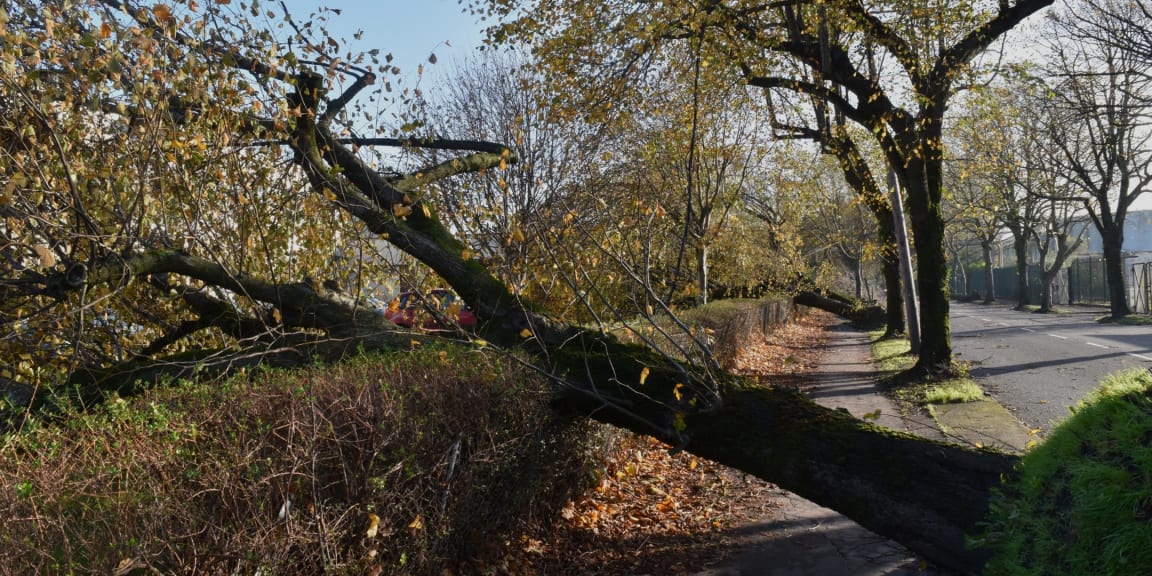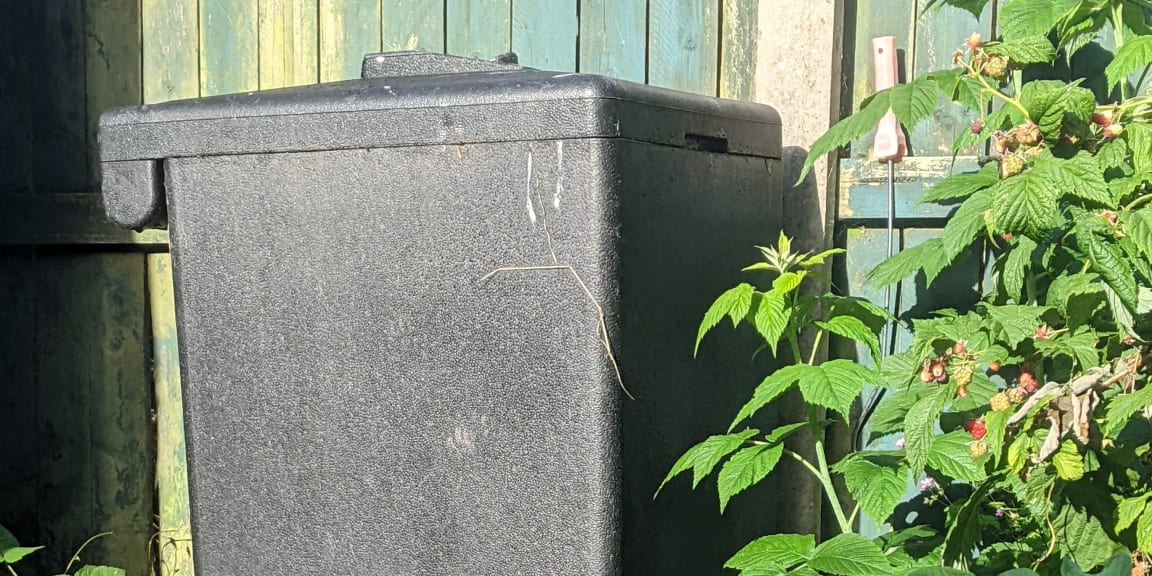
Guide to solar storage batteries (2026)
Should I get a solar battery?
Deciding whether to invest in a solar storage battery is a common consideration for nearly everyone switching to solar. If you're considering a solar storage battery, this page offers comprehensive information on solar batteries, including their benefits, costs, potential savings, and installation details. Whether you're seeking a basic overview or detailed figures, this guide will provide all the information you need to make an informed decision about adding battery storage into your solar panel system.
Already a PureVolt Solar customer?
You might be in luck, we can retrofit a battery to your existing system, something we can only offer for our own solar panel installations. If that's you, we've put together a dedicated solar battery guide for existing clients, it's also really helpful if you're in the process of going solar with us.
What even is a solar storage battery?
A solar storage battery is essentially a large rechargeable battery, similar to a mobile phone battery. It is much larger though, commonly storing enough electricity to charge your mobile phone 2000 times or do ~6 full loads of washing.
When your solar panels generate more electricity than you're currently using, the excess power is stored in the battery. Later, when your solar panels aren't producing enough electricity to meet your needs, the battery provides the additional power to your home.
How many of our customers get batteries for their solar panels?
About two thirds of our customers choose to get add battery storage to their solar PV system. For most of those, one solar battery is enough. About 15% of all customers choose to get more than one battery, giving them even more stored energy to use during the hours of darkness.
How many solar storage batteries have our past customers bought?
How much does a battery cost?
Adding a 5kWh solar storage battery (the most common size) to your system would add between €1,700 - €2,200 to the total cost of your system.
That seems expensive?
A solar storage battery is one of the more expensive parts of a solar electricity system. After all, this is a huge battery with about 2000 times the capacity of a mobile phone battery.
What am I paying for?
The additional cost of adding a battery to your solar PV system is made up of three main parts:
- The cost of the battery itself
- A more expensive inverter (called a "hybrid inverter") is roughly €900 - €1,100 more than a "string inverter" (that's the more basic type that simply connects solar panels to your house's electricity supply
- A few other small bits also make up this overall cost (mounting, wiring, more labour, etc.)
This means that replacing / adding a battery in the future is much cheaper than the total initial cost.
Are grants available for solar storage batteries?
No. Grants for solar power storage batteries were available in the past, but the SEAI solar grant system was updated a few years ago. Now, the grant amount is based solely on the size of your solar panel array.
Use our battery savings calculator
Want to know how much you could save by adding a battery? Use our battery savings calculator to find out. This will tell you how long it will take for the battery to pay for itself, and how much you could save by the end of the battery's warranty.
Use more of your own solar electricity
Adding battery storage to your solar PV system allows you to save any unused solar electricity to be used later on.
Most domestic solar installations generate more power than is consumed at certain times, since solar generation is relatively steady while household demand changes frequently, sometimes even within minutes. Without battery storage, the excess power is fed back into the grid. It isn't wasted, but you won't be able to use it yourself.
For an average home solar PV installation here in Ireland, you might use 65% - 70% of the power generated, with the rest flowing back to the grid.
If you add a battery, that might increase, so your house uses 85% - 90% of the solar electricity you generate.
If the house is empty during the daytime
Solar panels generate the most electricity during the middle of the day. Even for people who are at home most of the time, most households use most electricity during the mornings and evenings, when the items that use the most electricity go on, such as kettles, ovens and showers.
Your solar battery can store the excess energy produced during the middle of the day for use later.
If you are home during the daytime
Solar panels generate a steady flow of power, but household energy use tends to peak and trough significantly throughout the day. Flick on the kettle and your house might be using triple the amount of electricity just for those 2 minutes it's turned on.
A battery will charge and discharge multiple times throughout the day. For example, it might provide power to your kettle for those two minutes and then immediately start recharging with any excess electricity, so it's ready for the next cup of tea.
Typical domestic electricity usage - lots of spikes
Here is a graph of electricity consumption for the home of one of our PureVolt team. You can see how the consumption jumps up and down. This would be a quite normal pattern for an average house in Ireland.
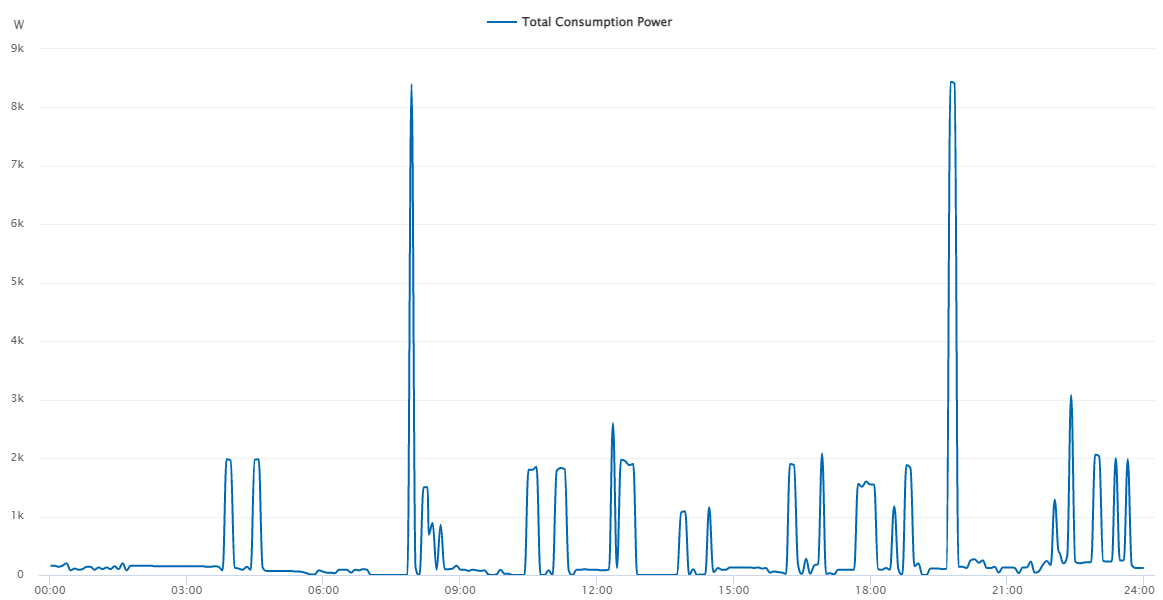
Typical domestic electricity consumption for one day - a pattern of peaks and troughs Typical solar production - smooth curve
Compare the above peaks and troughs to an example day's solar output from the same house (again in Ireland). You can see the production is much more steady.
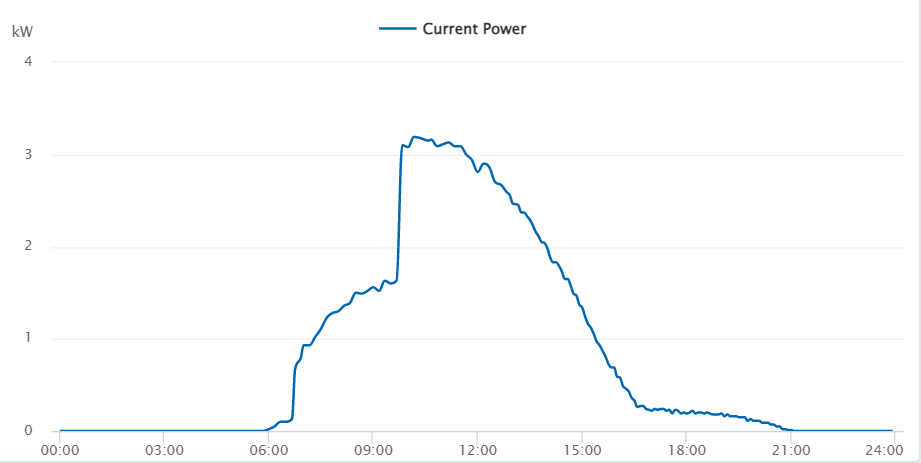
Typical solar generation in Ireland for a day of steady weather - a smooth pattern The battery in this system would store power during each trough, then release it on each peak.
Store night rate electricity to use during the day
Most battery systems can be set up to charge using cheaper night rate electricity, which you can then use during the day.
We highly recommend that anyone with a battery also opts for a day rate/night rate electricity tariff. This setup maximises the benefits of your battery by allowing you to store cheap night-time electricity for use during the day.
How to get double the benefit from your battery
Most households have two peaks of power usage - in the morning, and in the evening.
Charge your battery overnight on night rate electricity (normally about half-price)
Use that full battery to run your morning routine - that's great, it now costs you half what it used to.
Charge up the battery during the day from your solar panels.
Use that full battery during the evening, so it's empty and ready to be reloaded with half-price power overnight.
The daytime recharge can vary a lot - in the long summer days, you might get extra solar use where the battery doing more cycles. Dark winter days though might mean your house uses most of the power as it's produced from the panels. But, with the nighttime charge on cheap electricity you can do 365 days / year.
On Electric Ireland's latest smart rate tariff that would save you an extra €314.52 per year
Will my solar batteries keep my house running during a power cut?
By default no, but you can add an extra device called a "Changeover Switch" to be able to run during a powercut. You also need a battery system. Solar installations without batteries will not work during a power cut.
ESB require that the inverter cannot supply electricity in the event of a power cut, as this could back feed into the electricity network and cause risk to people working on the grid to fix the lines. This means the system by default must shut down automatically during a power cut. This is also true of the solar panels - they are required to automatically shut down during a power cut.
You can add a device called a changeover switch though. This fully disconnects your house from the grid, stoppin the issue of your house sending power back out down to the grid, then your battery and solar can be turned back on to power your house. The exact cost for this depends on the project, but normally it adds around € to the price of the installation.
Please note though after the recent storms though this has suddenly become a large talking point, and Safe Electric (the people that set the regulations) have said they are reviewing the requirements for changeover switches, which may change the cost and viability of such. We will update this page once any changes are confirmed either way.
You can find out more on out page about running your house from solar during a power cut.
How much power can a solar storage battery hold?
The most common size storage battery size for a house in Ireland is 5kWh. That could boil an average kettle non-stop for 2.5 hours.
Can this store a full day's generation for evening use?
Generally no, but it would depend on the size of your solar PV system, battery and time of year.
An average 3-bed house might be able to generate 20+ units (kWh) of electricity during a sunny summer's day, so a standard battery could store 25% of this. However, your home will be using a significant portion of that power during daylight hours.
During a dark December day that same solar system might generate just a handful of units, and then yes the battery would store it all.
Can I retrofit a battery or add more later on?
Only if you had a hybrid inverter fitted initially. Most domestic photovoltaic solar installations that do not have batteries have either a standard inverter or micro-inverter fitted, which cannot take a battery (you can learn more about solar inverter types here).
If you plan to install a solar PV system now and add a battery later, be sure to request a hybrid inverter and ensure space is left for the future installation of the battery.
Adding more batteries later on
It is generally possible to add extra battery storage capacity later on as long as you have our hybrid inverter in the first place. It will though depend on your system and the space available.
Advanced and other questions about batteries
This section is for those with more advanced questions about solar storage batteries. If you have any other questions about solar batteries, please don't hesitate to get in touch.
What are the alternatives to a storage battery?
In most cases, a battery will offer the best value over time. But, there are two main alternative options for what to do with surplus power generated by your solar PV system.
Option 1. Hot water diverter
A hot water diverter sends any excess electricity to an immersion heater in your hot water tank. Only once your tank is fully heated would any excess energy be diverted to the grid.
Option 2. Responsive electric car charger
Some electric car chargers can be connected to your solar PV system (for example some made by Zappi EV chargers). The electricity your solar panels produce firstly goes to run your home, then any excess will be diverted to charge your car. Only when your car is fully charged would any excess energy be diverted to the grid.
Electric car batteries are typically quite large, so they can often soak up excess electricity from several days' worth of solar generation, even on a sunny summer day. If you have an electric vehicle and are at home most of the time, this can be a great use of excess electricity.
Please note that, as of now, you cannot use your electric car battery to power your home. This system is currently designed solely for charging your car.
How long do solar batteries last?
The life expectancy of solar batteries is between 7-10-years. You will likely need to replace your battery at least once during the lifetime of your solar PV system.
Please note replacing a battery is much cheaper than the initial installation. Much of the cost of an initial photovoltaic solar installation with battery storage is due to things like needing a more expensive hybrid inverter, wiring and mounting, none of which will need replacing.
How is a solar battery controlled?
The inverter is the brains of the operation. The solar panels and batteries both connect to the inverter, which manages the entire system.
The inverter will tell the battery to discharge if it detects that your house is going to import electricity from the grid. The inverter will also instruct the battery to charge if it detects that your house is producing excess solar electricity and exporting it.
How physically big are solar storage batteries?
They tend to be approximately the size and shape of an old VHS video recorder or a desktop PC tower.
Normally, they are placed in your attic right next to the inverter.
Does using a battery change anything else?
Yes, you need a different type of inverter called a hybrid inverter.
The inverter is like the brains of the whole operation connecting everything — the solar panels, your house's electrical circuits, and a battery. A standard inverter (also known as a "string inverter" or just "inverter") is cheaper, but can only connect solar panels to your house's electrical circuits. A hybrid inverter is more expensive, but can also connect to a battery.
Hybrid inverters are roughly €900 - €1,100 more expensive than standard inverters.
What is meant by a battery backup?
A backup battery is a different setup from a solar storage battery.
Most hybrid inverters can provide a backup supply similar to a UPS. The inverter's backup function can provide electricity to dedicated circuits that remain unaffected by grid failures. This is more for industrial purposes, you generally do not get these dedicated circuits that are not connected to the grid in household settings.
Are solar batteries dangerous?
The good news is that solar batteries are quite safe and have built-in functionality to prevent any issues. Solar batteries use the same technology as the batteries found in your phone, laptop, or tablet.
How long is the warranty for a solar battery?
Most batteries come with a 10-year warranty or a cycle life dedicated to that battery. 6000 cycles is a typical figure (meaning 6000 full charges followed by 6000 discharges). Often, you need to register your battery with the manufacturer to activate the full warranty period, so we strongly recommend that you do so. For example, it's common for a battery to come with a 5-year warranty, then you get the extra 5 years if you register.
Manufacturers expect batteries to degrade over time. It's common for warranties to guarantee that at least 70% of the battery's capacity will remain usable by the end of the warranty period. They will typically only replace the battery if it falls below this threshold. Since the rules can vary by manufacturer, please refer to your warranty documentation for specific details.
What is a cycle in a battery?
Taking a battery from 100% fully charged to 0%, then charging back up to 100% - this is classed as one "cycle".

